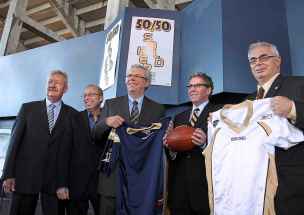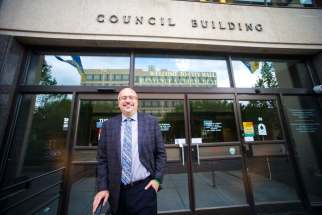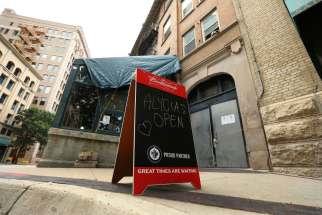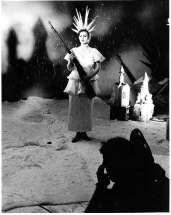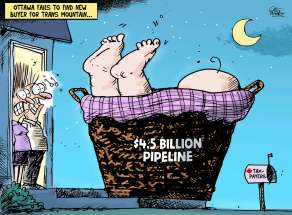Fragile Selinger-Katz stadium game plan tackles Manitobans for big loss
Read this article for free:
or
Already have an account? Log in here »
To continue reading, please subscribe:
Monthly Digital Subscription
$0 for the first 4 weeks*
- Enjoy unlimited reading on winnipegfreepress.com
- Read the E-Edition, our digital replica newspaper
- Access News Break, our award-winning app
- Play interactive puzzles
*No charge for 4 weeks then price increases to the regular rate of $19.00 plus GST every four weeks. Offer available to new and qualified returning subscribers only. Cancel any time.
Monthly Digital Subscription
$4.75/week*
- Enjoy unlimited reading on winnipegfreepress.com
- Read the E-Edition, our digital replica newspaper
- Access News Break, our award-winning app
- Play interactive puzzles
*Billed as $19 plus GST every four weeks. Cancel any time.
To continue reading, please subscribe:
Add Free Press access to your Brandon Sun subscription for only an additional
$1 for the first 4 weeks*
*Your next subscription payment will increase by $1.00 and you will be charged $16.99 plus GST for four weeks. After four weeks, your payment will increase to $23.99 plus GST every four weeks.
Read unlimited articles for free today:
or
Already have an account? Log in here »
Hey there, time traveller!
This article was published 25/07/2018 (2700 days ago), so information in it may no longer be current.
The “I-told-you-so” crowd is going to have a field day with this one.
This week it was revealed the province has been forced to write off a $118-million loan for the construction of Investors Group Field, home of the Winnipeg Blue Bombers. For those who questioned the sanity of the original deal struck by the team, the city and province, and those who have been following the evolution of the financing, this is hardly a shock.
The Free Press, among many others, has been raising questions for at least five years about whether the complex financing deal that helped bring the $160-million stadium to fruition would ever work.
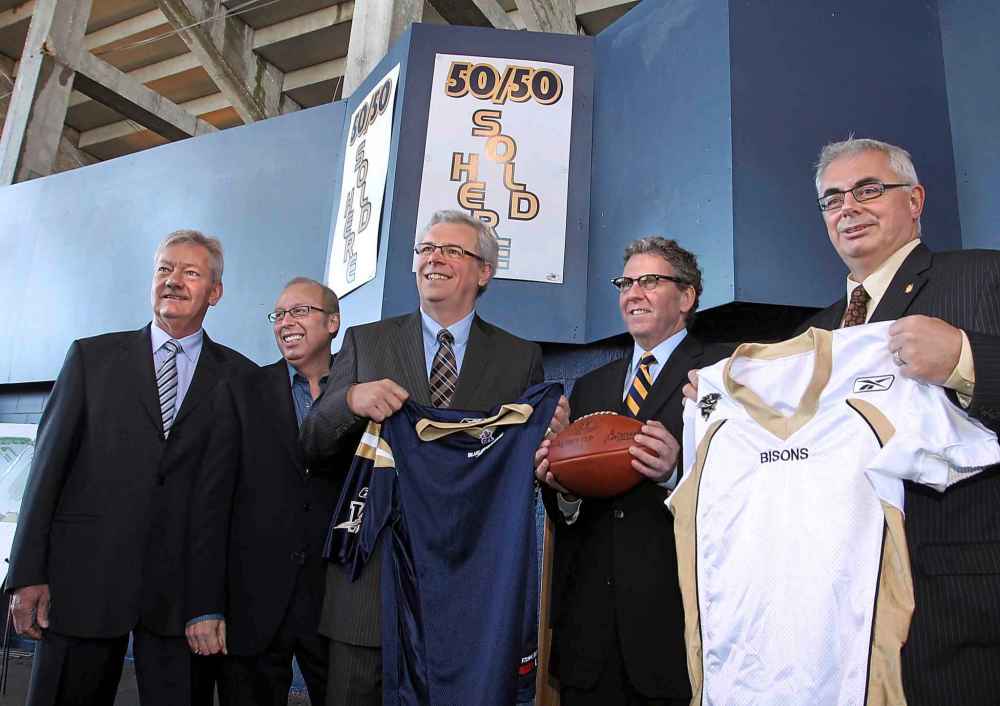
It was an exotic, desperate and tenuous plan based on a simple premise: to eliminate the need for taxpayers to pay any significant portion of the final price tag.
That is a somewhat noble goal. However, given the economics of professional football, it all seems a bit silly right now.
For former mayor Sam Katz, former premier Greg Selinger and all the others who promoted this wishful project, it has proven to be a triumph of tortured, naive optimism over fiscal reality.
How exactly did we get here?
The original deal struck by the two levels of government in partnership with the team was to take a $160-million provincial loan and divide it. Revenues generated by stadium and team operations would pay off $75 million; the remaining $85 million was to be serviced by tax revenues generated by the development of land at Polo Park where the old Winnipeg Stadium was located.
It was an ambitious plan that sparked concerns early on.
At the top of the worry list is the Blue Bombers, one of the least successful franchises in Canadian Football League history. A lack of on-field success, combined with a lack of business acumen, created a dependence on government bailouts just to stay afloat.
Based on that legacy, it was hard not to be just a little bit concerned about how the team would manage a $160-million capital project.
The other major area of concern was the constantly changing vision for the stadium itself and where it should be located.
Before the decision was made to locate it at the University of Manitoba’s Fort Garry campus, serious consideration was given to other locations, including Point Douglas, St. Boniface, downtown and, adjacent to the stadium it was replacing, at Polo Park.
The decision to go south to the university would ultimately create the conditions that have led to the debt crisis.
The idea of using redevelopment of the old stadium property to support the new stadium construction actually originated with Winnipeg businessman David Asper. Under the terms of his proposal, which initially required $80 million in public money, he would become the private owner of the team, the contractor and manager for the new stadium and owner of a retail power centre built on the old stadium property.
However, Asper pledged that profits from the retail development would be used to pay down a loan guaranteed by the city and province.
In the end, the city and province did not want to work with Asper. However, they paid him for the right to use his initial stadium design and tried to maintain the link he had created between the new development and the old stadium lands at Polo Park.
And this is where things really started to fall apart.
First, the province and city rejected Asper’s pleas to scale down the new stadium to control costs. He argued that certain features, such as the dramatic steel roof that flows above both sides of the stadium, were too costly and mostly unnecessary.
Selinger and Katz insisted that the roof, and other features unveiled in the original design, be kept; that drove up the final price tag.
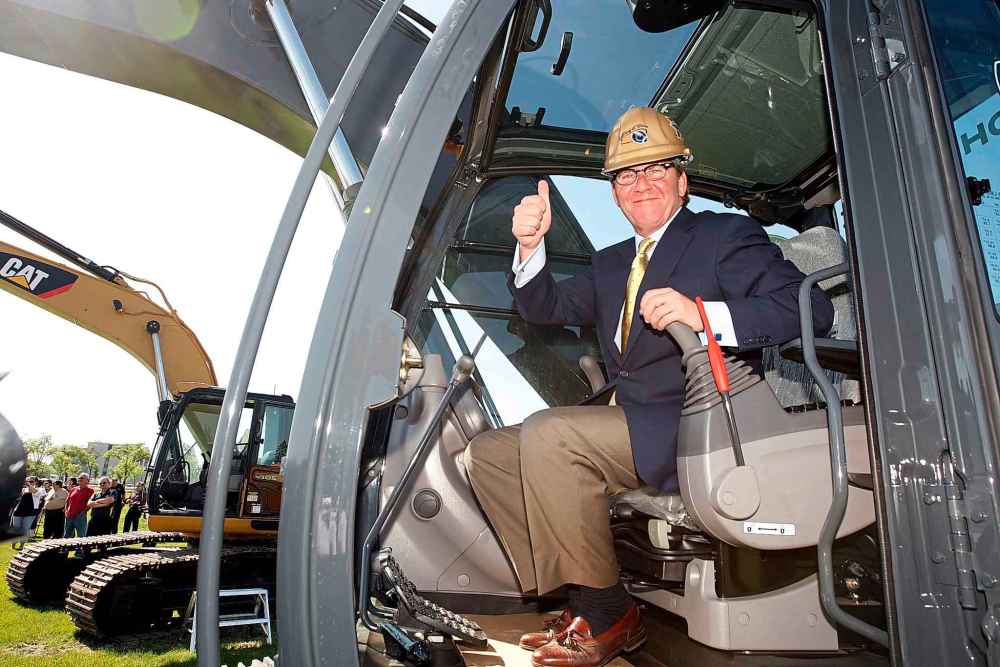
The Bombers have, remarkably, kept up their end of the bargain with enough success on and off the field to keep up with payments on their share of the government loan. This despite some struggles overseeing construction that led to a year-long delay in opening and tens of millions of dollars in repairs stemming from shoddy design.
On the other side of the deal, the redevelopment of the Polo Park lands has been an abject disaster.
Part of this has to do with seismic changes in the retail industry. Over the past decade, online shopping has undermined bricks-and-mortar sales. A long list of formerly resilient chains have been left in ruin as online merchants such as Amazon consume more and more market share.
In this context, the city’s decision to sell the old stadium lands to Cadillac Fairview, owner of the Polo Park mall, seems a bit short-sighted. In that corporation’s hands, nearly 90 per cent of the property remains vacant with no prospect for development.
You can’t blame CF for all of this. It struck a deal with Target to build an enormous flagship store in Winnipeg. However, thanks to the Minneapolis-based chain’s own ineptitude, its dream of expansion in Canada became a nightmare that led to the abandonment of not only the Polo Park store, but the entire country.
However, for the remaining undeveloped property, questions should be asked about how strenuously the owners have tried to find new tenants. Right now, it appears CF is hesitant to bring anything to the property that would compete directly with existing mall tenants that pay what are reported to be the highest retail rents in the city.
That strategy may make perfect sense for CF, but it does little to serve the interests of taxpayers who need an aggressive development plan to help pay for the new football stadium. This is what happens when you turn over a valuable asset such as the old stadium lands to an entity that has no interest in building a new stadium.
Katz and Selinger will have to bear the brunt of criticism for this mess. Both men may argue that when it’s all said and done, this only proves there was really no way to build a new football stadium without taxpayer support.
That’s a fairly viable claim, given that even in the rarefied air of the National Football League, teams largely cannot afford to pay for new stadiums without public money.
But there were opportunities to limit the risk. The stadium could have been streamlined to bring the overall cost down. The city could have asked more from CF in exchange for the Polo Park land, either in the form of redevelopment targets or financial penalties to underwrite the stadium loan.
None of that was done, of course. And now, the dream of a former mayor and a former premier to build a new football stadium without relying on taxpayer support has evaporated.
For a select few, we told you so.
dan.lett@freepress.mb.ca

Born and raised in and around Toronto, Dan Lett came to Winnipeg in 1986, less than a year out of journalism school with a lifelong dream to be a newspaper reporter.
Our newsroom depends on a growing audience of readers to power our journalism. If you are not a paid reader, please consider becoming a subscriber.
Our newsroom depends on its audience of readers to power our journalism. Thank you for your support.




